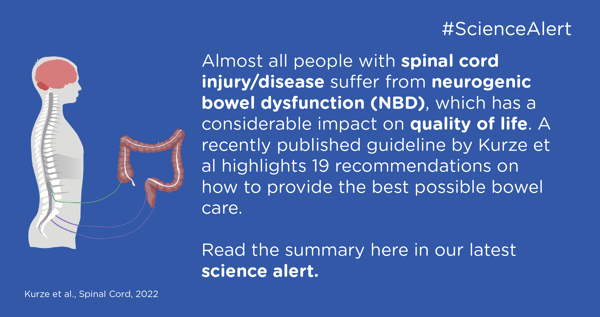Articles and Webinars
Whether you are a carer, a specialist, or completely new to continence care, Wellspect Education provides learning resources for your level of expertise
Whether you are a carer, a specialist, or completely new to continence care, Wellspect Education provides learning resources for your level of expertise

key:global.content-type: Article
A cost-effectiveness analysis of Navina Smart on adult patients affected by neurogenic bowel dysfunction.

key:global.content-type: Article
Transanal Irrigation (TAI) is known to be a successful therapy to treat LARS, and in this study, Orlandi et al explore the use of TAI as a treatment option for women with endometriosis who experience LARS-like symptoms.

key:global.content-type: Article
This publication by Falletto et al. explores the benefits of using transanal irrigation for people with FBD and LARS, pointing to significant improvements in a patient’s quality LARS scores during the study period.

key:global.content-type: Article
Take part of clinical data on transanal irrigation as a mean to manage neurogenic bowel in the pediatric population with Spina Bifida
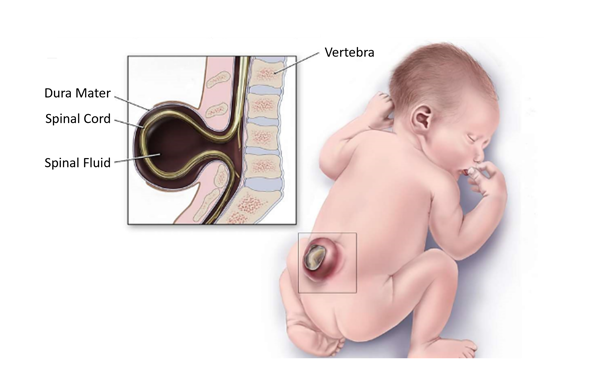
key:global.content-type: Article
In this article you will get the perspective from an individual with a SCI on the management of his bladder and bowel after the injury.

key:global.content-type: Video
Learn more about how neurological conditions affect sexual function and how to assess and manage sexual dysfunction.
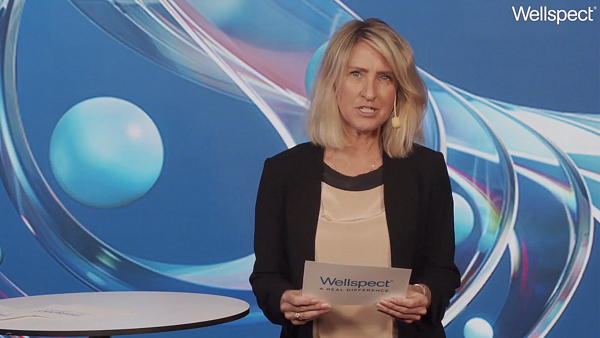
In this publication highlight you can read about the identification, assessment, and treatment of urinary incontinence and bowel control issues.
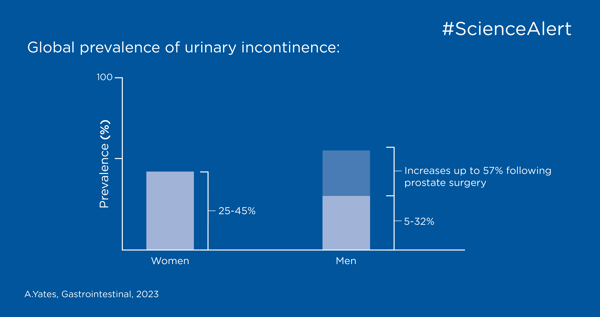
key:global.content-type: Article
Pelvic floor dysfunction is common, but not commonly talked about. In this article, you will find an explanation about basic pelvic floor anatomy, description of symptoms and how these can be managed, which can be downloaded and handed out to your patients.
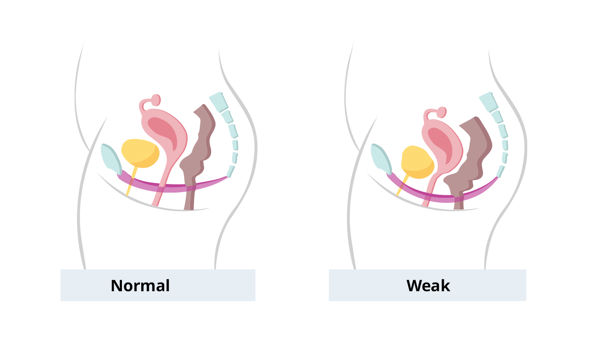
key:global.content-type: Article
Jessica Aparo, Pelvic Floor Specialist at Oxford University Hospitals NHS Trust, talks about the assessment of patients being considered for Transanal Irrigation.

key:global.content-type: Video
In this webinar you will hear from Consultant Physiotherapist Julia Herbert talking on pelvic floor dysfunction, the associated symptoms and the management options that are available.
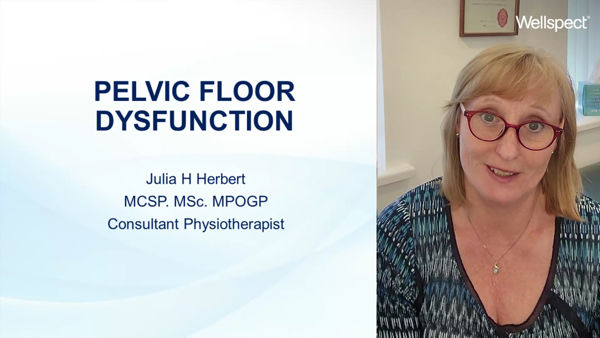
key:global.content-type: Article
Recurrent UTIs in children with neurogenic bladders constitute high risk of leading to severe kidney damage and need to be an area of attention. This study is useful in determining treatments and proactive measures for preventing recurrent UTIs.
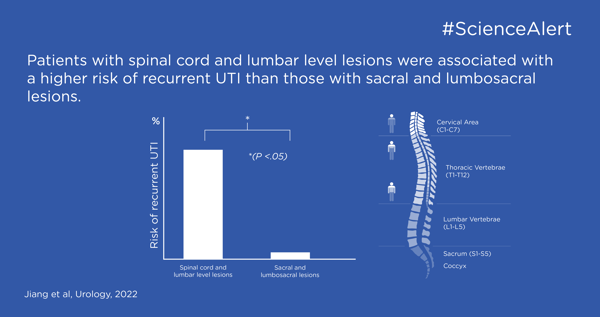
key:global.content-type: Article
In this summary you can read about what a neurogenic bowel is and goals and recommendations for treatment.
